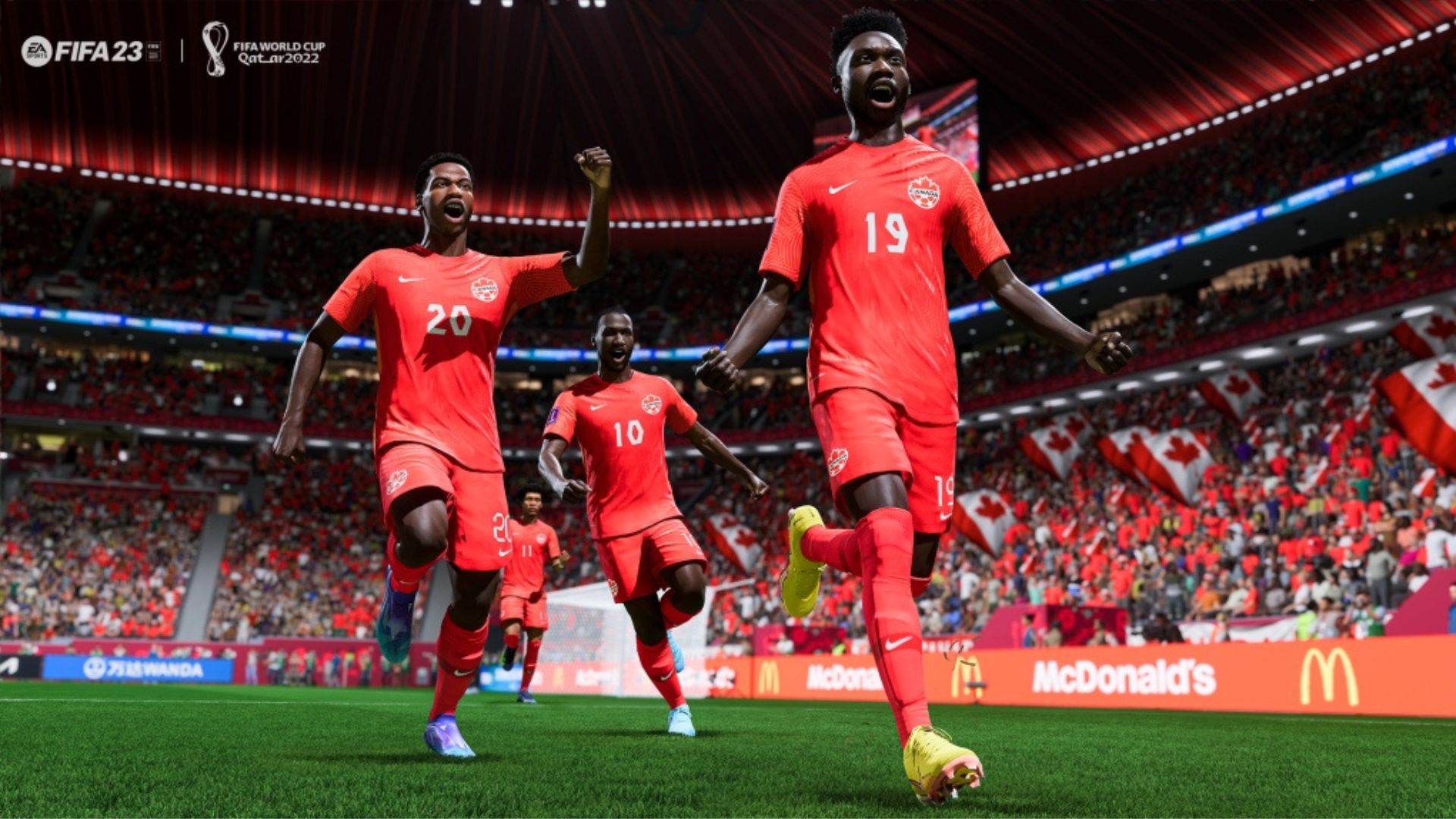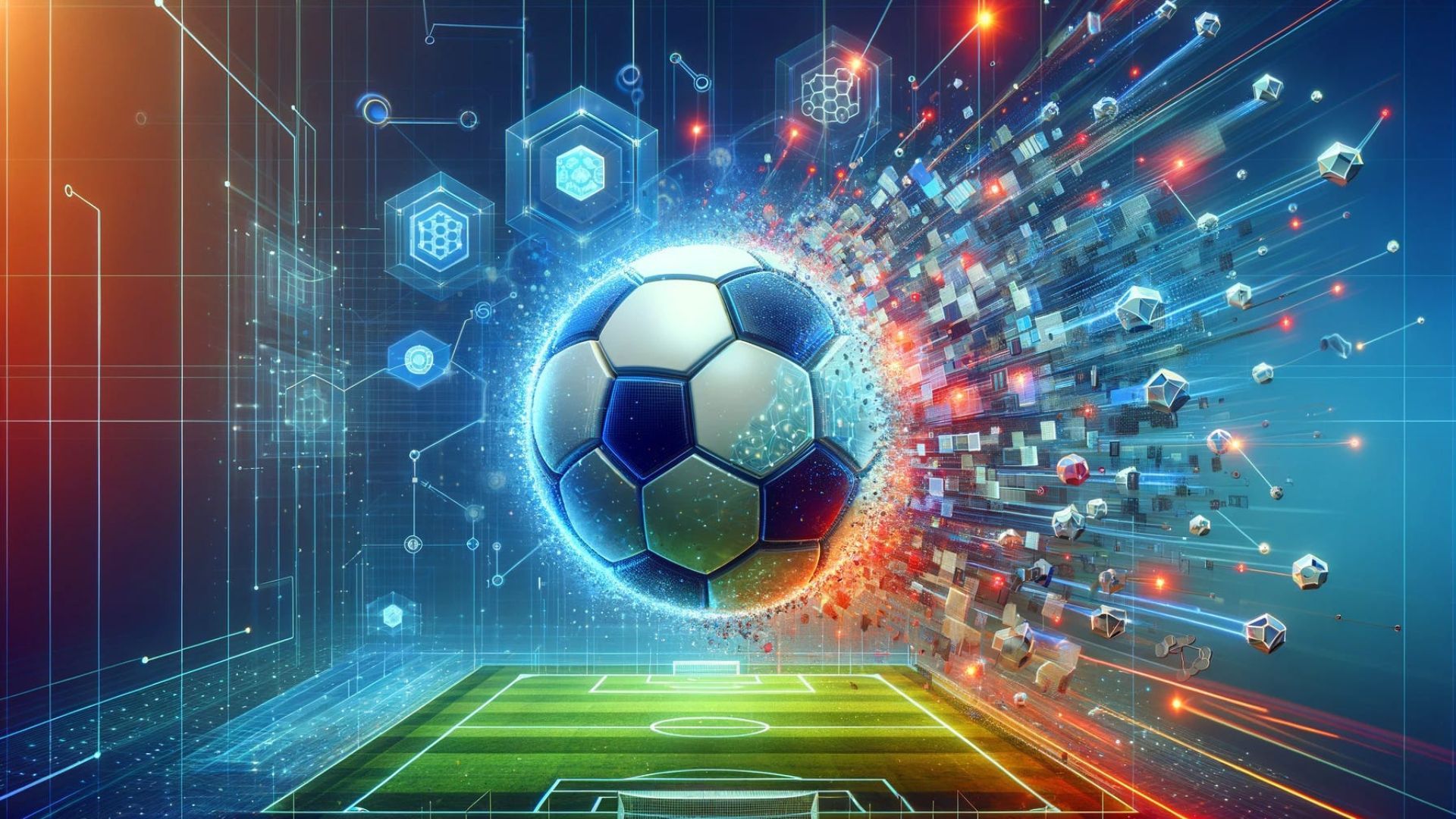Have you ever launched a perfect spiral across the virtual gridiron in a football video game, only to have it inexplicably wobble off course? Or maybe you’ve been juked by a running back who seems to defy the laws of physics? Believe it or not, there’s a whole lot of science behind those pixels on the screen. Let’s dive into the fascinating world of football video game mechanics!
The Engine Behind the Action
Firstly, at the heart of every football video game lies a complex physics engine. This software acts as the game’s central nervous system, simulating the movement of players, the ball, and everything else on the field. Football video game mechanics rely on these engines to realistically represent things like:
Projectile Motion
Secondly, when you throw a football in the game, the engine considers factors like velocity, angle, and spin to determine its trajectory. Just like a real throw, the ball will arc through the air before gravity pulls it down.
Momentum
Thirdly, when a linebacker tackles a running back, the impact is calculated based on their speed and mass. A powerful hit can send the ball carrier flying backwards, just like it would in real life.
Friction
Running backs can’t just zip and zag across the field on a whim. Football video game mechanics use friction to simulate the effect of the playing surface. Wet grass becomes slippery, making sharp cuts harder, while dry turf allows for more explosive movements.
These are just a few examples of how physics engines bring the world of football to life in video games.

AI Smarts
Football isn’t just about physics – it’s about strategy and outsmarting your opponent. This is where artificial intelligence (AI) comes in. Football video game mechanics leverage AI to control the actions of non-player characters (NPCs), from the opposing quarterback to the entire defensive line.
Advanced AI can analyze your playcalling and adjust its strategy accordingly. Blitz packages get more sophisticated as the game progresses, and running lanes can tighten up based on your running tendencies. This constant adaptation by the AI keeps the competition fresh and forces you to think on your feet.
Bringing Players to Life
Football video game mechanics wouldn’t be complete without the magic of animation. Animators meticulously capture the movements of real football players, from tackles to touchdown celebrations.The game then translates this motion capture data, creating a realistic and fluid experience.
But animation goes beyond just mimicking real life. Football video game mechanics allow for the creation of unique player attributes. A shifty running back might have a wider range of juke moves, while a powerful linebacker might have a signature tackle animation. These subtle variations add personality to the players and make the game world feel richer.
The Perfect Balance: Realism vs. Fun
One of the biggest challenges for football video game mechanics is striking the right balance between realism and fun. While hardcore fans might crave a hyper-realistic simulation, casual players might get frustrated by the complexity.
Furthermore, football video game mechanics achieve this balance by offering adjustable difficulty levels and gameplay sliders. You can tweak things like pass accuracy or tackle success rates to find a difficulty that suits your skill level. Additionally, many games offer different game modes, from simulation-focused leagues to arcade-style experiences that prioritize fast-paced action.
So, the next time you pick up a football video game controller, remember that there’s a whole lot of science happening behind the scenes. Virtual football dynamics bring the excitement and strategy of the sport to life in your living room, making every play, throw, and tackle an engaging and scientifically driven experience.
Conclusion
In conclusion, the intricate mechanics of football video games represent a captivating fusion of technology, game design, and sports simulation. From the physics engine that governs player movements to the algorithms determining AI behavior, every aspect is meticulously crafted to provide an immersive and realistic gaming experience. The science behind these mechanics continues to evolve, driven by advancements in hardware capabilities and game development techniques. As players navigate through virtual stadiums and compete in thrilling matches, they are not just experiencing entertainment but also witnessing the culmination of years of research and innovation. Ultimately, the science behind virtual football dynamics underscores the remarkable synergy between technology and sports, offering enthusiasts a platform to engage with the sport they love in innovative and exhilarating ways.




